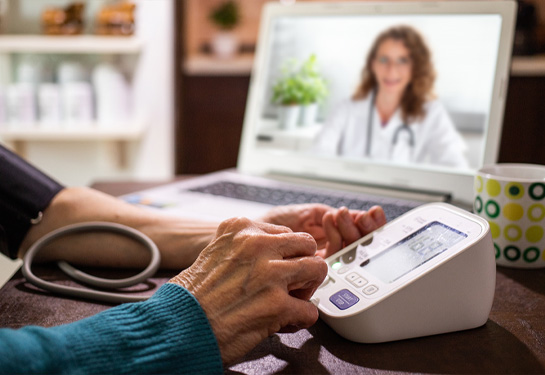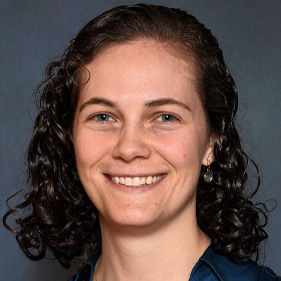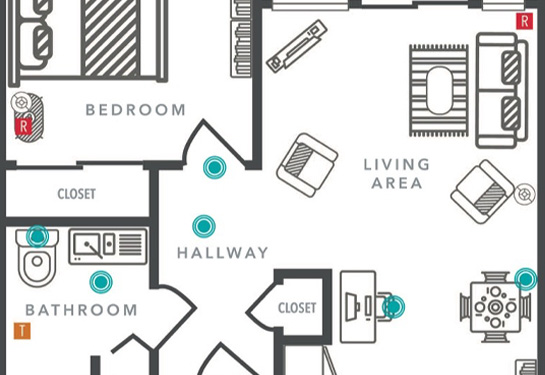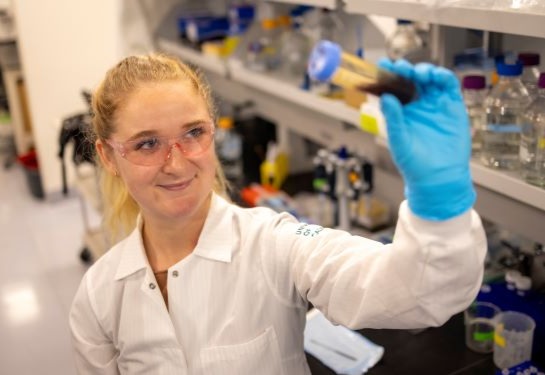When isolation increased, telehealth use went down for older adults. Why?
Study offers glimpse into disconnection that increases health risks
During the COVID-19 pandemic, telehealth emerged as a lifeline for delivering health care services, ensuring patient safety while minimizing virus transmission. However, a UC Davis Health study published in the Journal of the American Geriatrics Society sheds light on disparities in telehealth access and use among older adults, particularly concerning social isolation and loneliness.
These factors, often prevalent in the elderly population, have profound implications for overall health and well-being.
Increased telehealth, decreased connection
The study determined that rapid expansion of telehealth during the COVID-19 pandemic increased usage of the technology from 6% to 24% among people 70 years of age and older. A majority of participants (63%) reported some level of social isolation. Loneliness, measured with a single-item question, revealed that 26% of older adults felt lonely on some days, while 9% felt lonely most days or every day.
“When COVID was starting and telehealth use was accelerating, I realized there was a big difference between people who quickly adopted telehealth and patients who were really struggling and couldn't quite figure it out, especially older adults,” explained Rebecca Howe, a UC Davis Health family medicine physician and lead author of the study. “Around that same time we were seeing an increase in social isolation and loneliness and I wanted to see if they were connected.”
In fact, three months after Howe’s study was published, the U.S. surgeon general issued an advisory about the “public health crisis of loneliness, isolation and lack of connection in our country.” The impacts of less social interaction on one’s health included greater risk of heart disease, stroke and dementia. The risk of premature death increased by more than 60%.
For Howe’s study, researchers examined data from the 2020–2021 National Health and Aging Trends Study and its COVID-19 supplement. They looked at how often older adults used telehealth services, specifically video visits with their usual health care providers.
To understand social isolation, they used a validated measure called the Berkman-Syme Social Network Index. For loneliness, they used a single question: "How often do you feel lonely?" The goal was to see if social isolation and loneliness affected older adults' use of telehealth during the COVID-19 pandemic.
We found that people who were most socially isolated were less likely to use telehealth. And that's a big problem, right? Because these are the folks who don't have caregivers and maybe live alone.—Rebecca Howe, family medicine physician
“We found that people who were most socially isolated were less likely to use telehealth. And that's a big problem, right? Because these are the folks who don't have caregivers and maybe live alone. If they're not accessing care in the way that the whole health system is moving, and especially if they have multiple conditions and need to be accessing care, they may not be getting the care that they need,” Howe said.
Implications for geriatric care and family caregivers
While the team found no significant association between loneliness and telehealth use, possibly due to the single survey question about loneliness, the disparities highlighted other valuable, actionable data.
“The fact that during COVID, telehealth use increased to 1 in 4 people in this sample — that’s big. We often think about difficulties with technology access and the digital divide with older adults, but this increase suggests otherwise. It could be the social connection and support from family that drove this uptick,” explained Janice F. Bell, study co-author and director of the Family Caregiving Institute at the Betty Irene Moore School of Nursing at UC Davis. “Understanding how social isolation is associated with improved telehealth use is the next step in this research. These study results provide further evidence that supports family caregivers’ inclusion in the health care team.”
Identifying caregiver support
Howe agrees. With the push toward age-friendly health systems comes a focus on the 4Ms: mobility, mentation (mental sharpness), medication and what matters. She argues that formal processes should include asking older adults about their loneliness and social connection because it matters to patients.
“You don't want to take up precious in-person clinical time, but there are ways of getting this information. With our electronic patient portal we have ways of sending surveys in advance of the clinical appointment. I think we absolutely need to be figuring out what people’s caregiver support network is and if there isn’t one, then flag it,” Howe said.
Howe adds that as telehealth continues to expand, health care systems should identify older adults without telehealth access as well and tailor interventions to meet the unique needs of socially isolated or lonely individuals.
As the health care landscape continues to evolve, researchers and health care providers alike are tasked with developing strategies that bridge the digital divide and promote well-being among the aging population.





